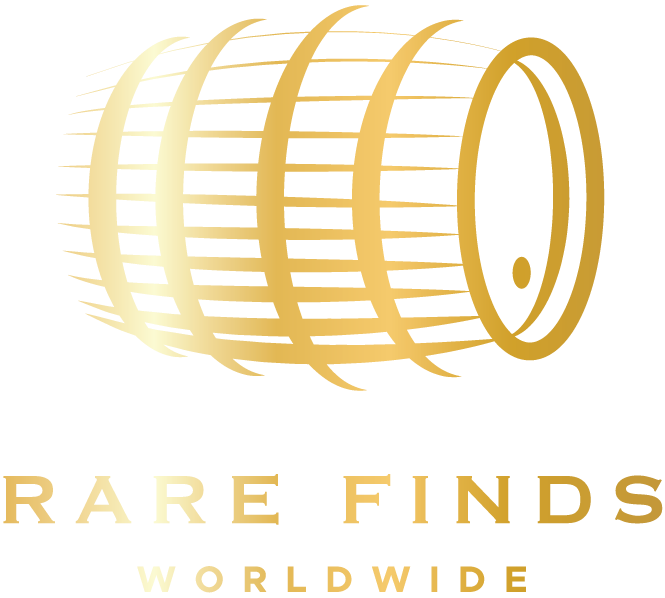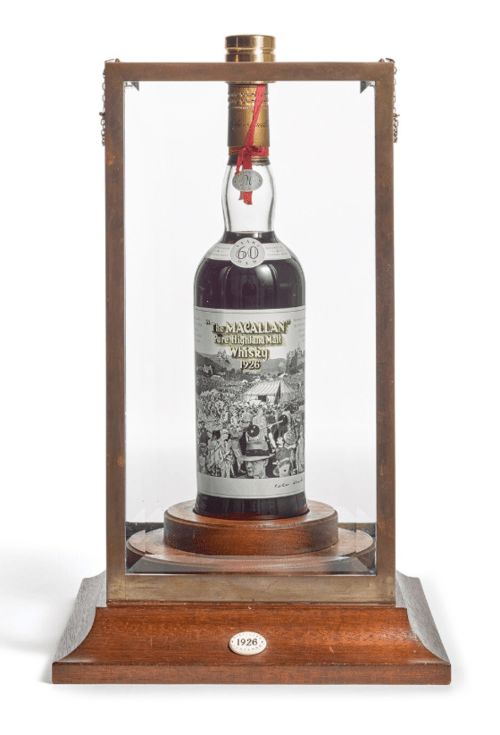In an increasingly unstable world, an asset that can quickly be sold for a profit when markets take a turn for the worst is a wise investment. Yet out of the array of liquid assets one can acquire, it turns out that the best liquid asset is itself made of liquid: rare single malt Scotch whisky. The defining feature of a good liquid asset is its ability to be sold quickly whilst not losing its value. In both these regards, Scotland’s liquid gold is outperforming actual gold.
The last two decades have seen a continual, uninterrupted rise in the price of whisky, unblemished by crises or slowing economies. In fact, the value of whisky has seen a 582% increase since 2009. More recently, both sales and auctions have soared through the roof, with a meteoric rise of 40% last year alone. The market value for whisky is near-universal in its persistent growth with the global single malt whisky market size valued at £2 billion in 2018. Part of this number attributes to major auction houses and private collectors who have seen over £40m worth of rare whisky sold at auction in 2018 alone, proving the continued liquidity of the market.
The rare whisky market is also exceptionally stable compared to other luxury assets. The long production cycle, strict production requirements and the inherent rarity of older collectable whiskies ensure that the industry does not lose major value. The market is also forecasted to grow significantly with the rising demand for premium single malt whisky. Course corrections are usually minor, and the market quickly resumes its usual climb.
“In fact, the value of whisky has seen a 582% increase since 2009.”
The market can be broken down into two major asset types: bottles and casks. Bottles have greater liquidity in the open market, with private collections highly coveted due to the immense ease inherent in the bottle trade. The most liquid of bottle types are those rare bottles from well-known distilleries such as Macallan, Bowmore and Dalmore. Their significant global brand awareness makes them a tempting target for prospective collectors and investors alike.
While bottled whisky is a more liquid asset, casks can be more tempting long-term investments. Once the whisky has been bottled, it will no longer age. This gives prospective cask owners a unique opportunity: to acquire a cask whilst it is young and inexpensive, then have it age into a profitable maturity. Upon maturation, one can simply sell the cask off or bottle the matured whisky. Combined with the sheer volume casks provide, this can be an extremely profitable venture. However, while most people buy casks for investments, some buy them for their families or companies; others are fascinated by the transformation brought about by ageing and enjoy following the progress of the spirit as it matures. According to a Single Malt Whisky Market Report by Adroit Research, “the world is getting wealthier, witnessing a rise in the number of middle-class consumers with higher disposable income and a higher propensity to consume. This number is projected to rise dramatically over the course of 15 years, especially in Asia- Pacific.”
Whisky is a romantic industry – a grand mix of passion, history and culture. Yet, it is also a stable and worthwhile investment that can easily be converted into hard currency if the desire arises.





